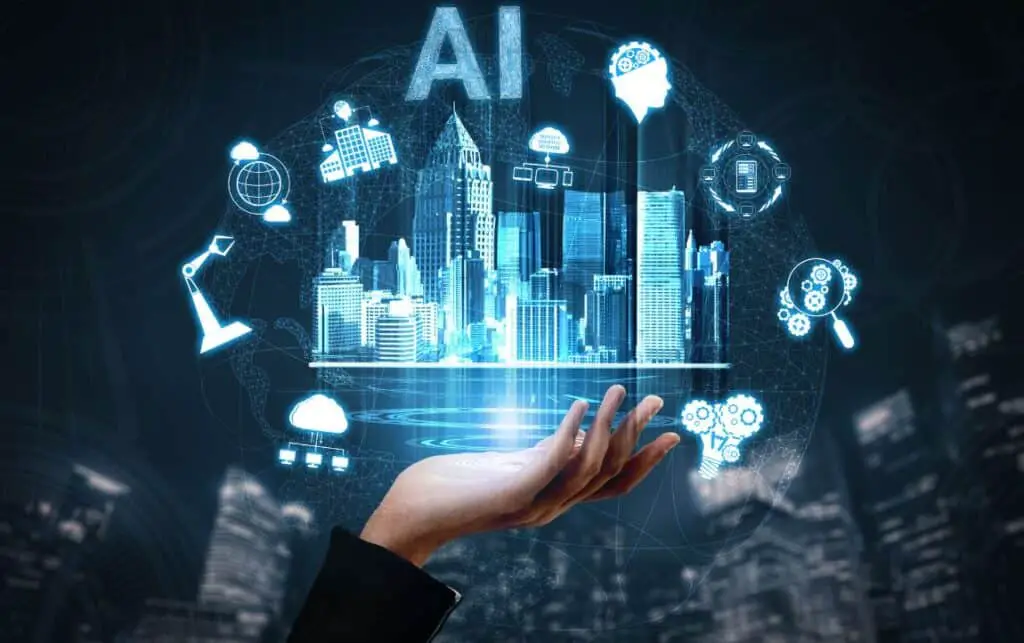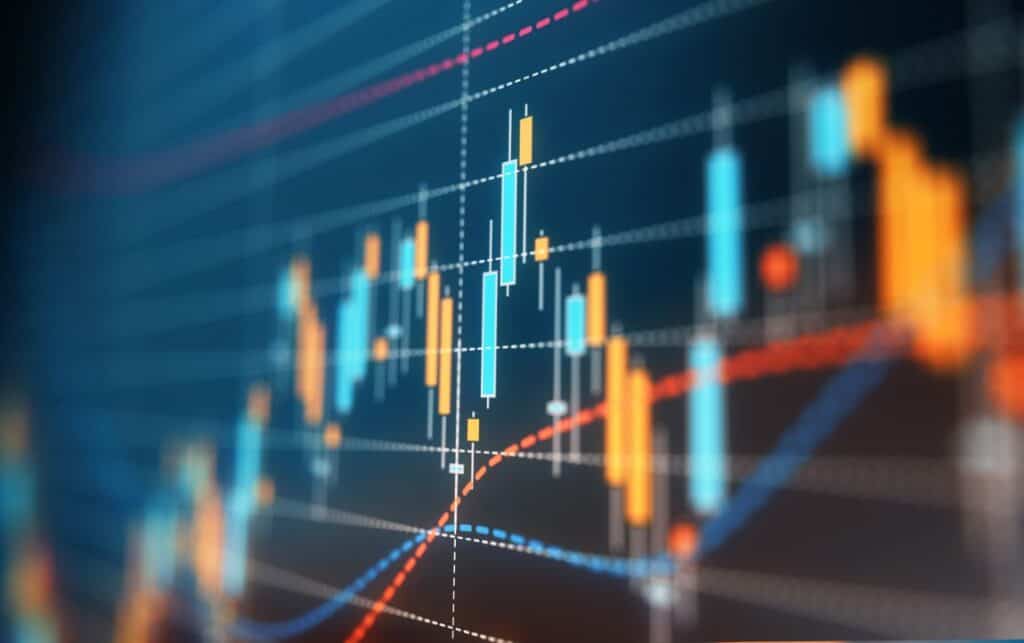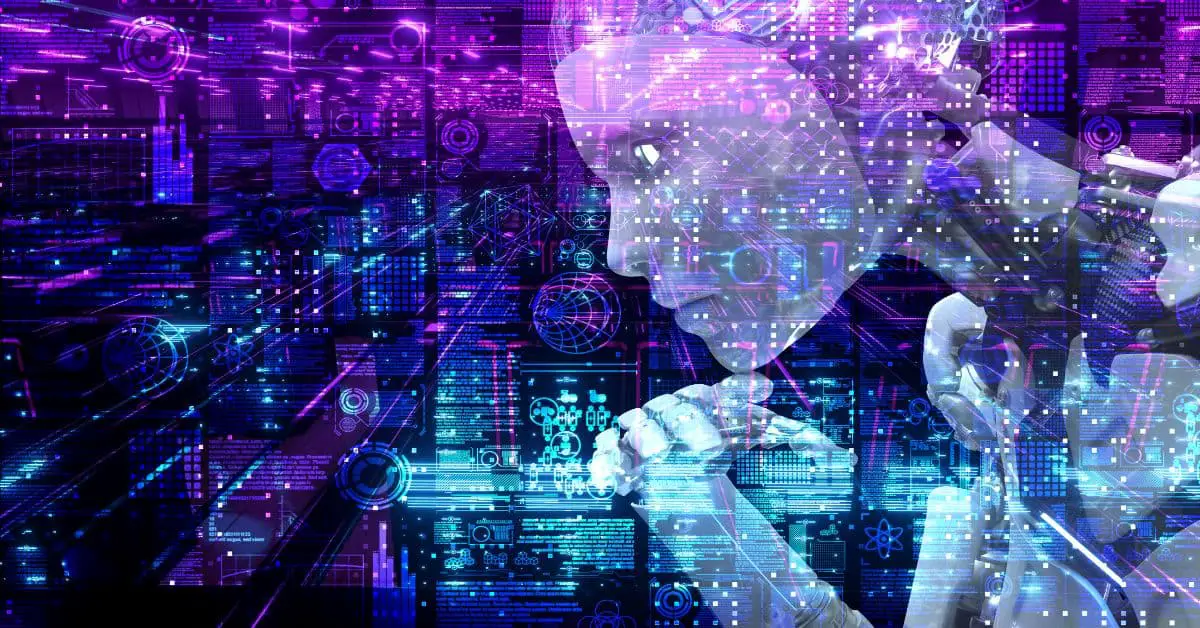AI Trading 101: A Beginner’s Guide to Automated Trading
AI trading, also known as automated trading or algorithmic trading, is a method of executing trades using computer algorithms.
It has become increasingly popular in recent years due to its ability to make decisions quickly and accurately without human intervention.

This guide will provide an introduction to AI trading, including how it works and the advantages it offers over traditional manual stock trading.
We’ll also look at some of the risks associated with AI trading and explore strategies for successful implementation.
By the end of this guide, you should have a better understanding of AI trading and be able to decide if it’s right for you.
What is Automated Trading?

Automated trading is a method of executing trades using computer algorithms instead of human traders.
It allows traders to create and implement complex strategies without needing to monitor the markets constantly or manually enter orders.
Automated trading eliminates emotion from decision-making and can help reduce costs associated with manual order placement.
By utilizing quantitative analysis, automated trading systems are able to scan multiple markets at once for potential opportunities in which they can profit.
They then execute trades automatically according to predetermined criteria such as price movements, timeframes, risk parameters and other factors that have been programmed into the system’s algorithm.
This helps ensure consistent performance regardless of market conditions or personal biases that may affect manual traders’ decisions.

Automated Trading Systems (ATS) utilize quantitative analysis which enables them to scan multiple markets simultaneously for potential opportunities in which they can profit.
The criteria used by these systems are predetermined including price movements, timeframes, risk parameters, and other factors programmed into the system’s algorithm for consistent performance regardless of market conditions or personal biases that may affect manual traders’ decisions.
Different types of ATS exist such as Expert Advisors (EA), Robots and Copy Trading services among others each with its own unique features enabling users to customize their strategies based on their individual needs and preferences.
For instance, some ATSs focus solely on technical analysis while others offer more sophisticated tools like machine learning models for advanced optimization techniques used by institutional investors around the world.
How AI is Used in Automated Trading
By automating the trading process with artificial intelligence (AI) technologies such as machine learning and natural language processing, traders can make decisions based on large amounts of historical data.
AI-based automated trading systems are used by many institutions for their speed, accuracy, and ability to execute trades without human intervention.
The most common type of AI-powered automated trading system is a “black box” program that uses pre-programmed instructions to analyze market data in order to generate buy or sell signals.
These instructions may be based on technical analysis strategies such as moving averages or support/resistance levels; they may also include more sophisticated models such as neural networks which can learn from past price action patterns in order to identify potential entry points into the market.
In addition, these systems often incorporate risk management rules designed to protect against unexpected losses due to sudden changes in market conditions.
Advantages of Automated Trading
The advantages of Automated Trading are numerous and offer a range of benefits over-trading.

By utilizing AI-driven, traders can benefit from increased efficiency and speed, errors and biases, the ability to analyze vast amounts of data, 24/7 availability and lower costs compared to traditional trading.
This allows traders to develop more sophisticated trading strategies than ever before.
By leveraging historical data to identify trends and patterns in the market, algorithmic trading also has the potential to gain more consistent returns over time.
Furthermore, automated trading eliminates human emotion from the decision making process – which can be beneficial for traders looking for consistency and accuracy.
Risks of Automated Trading
Automated trading involves the use of computer programs and algorithms to automatically execute trades in financial markets.

While this technology promises a host of advantages, such as improved accuracy, speed, cost-effectiveness, and scalability over traditional manual trading methods; it also carries several risks.
These include dependence on technology for making decisions that might not be reliable or accurate, potential for technical failures and errors due to coding issues or data misinterpretation, and lack of transparency with respect to algorithmic strategies used by market participants which can lead to unfair competition or manipulation in the market place; regulatory and ethical concerns associated with automated decision making processes; as well as the need for human oversight when using automated systems.
Applications of Automated Trading
Automated trading has numerous applications in the financial markets. It is often used to execute trades faster and more efficiently than humans, allowing traders to take advantage of market changes more quickly.
Algorithmic trading strategies can be used to optimize a portfolio, reduce risk exposure, and minimize transaction costs.
Historical data combined with predictive analytics can be leveraged to develop highly advanced trading algorithms that execute orders with great precision and accuracy.
Machine learning and natural language processing techniques allow for customized alerts and automated decision-making that can help traders identify opportunities for profitable trades.
Risk management tools can be deployed to monitor markets for potential fraud or insider trading activities, helping traders protect themselves from losses due to malicious transactions.
Finally, sophisticated portfolio optimization and diversification techniques are possible through automated trading, allowing traders to maximize their returns while minimizing their risk exposure.
Getting Started with AI Trading

Getting started with AI trading can be an intimidating process for beginners, but it doesn’t have to be.
With the right tools and guidance, you will be able to create a successful trading strategy that takes advantage of algorithmic trading advantages.
To get started, you need to determine your investment goals and develop a trading strategy based on historical data analysis.
Once you have identified your objectives, it is important to research different AI platforms or software programs that can help automate your trades and provide insight into market trends.
Finally, it’s essential to monitor and evaluate performance regularly in order to make sure your strategy is working as expected.
With these steps in mind, anyone can start taking advantage of automated trading techniques!
Future of AI Trading
The future of AI trading is promising, with the growing demand for automated trading technologies and the development of new machine learning techniques.

Financial institutions are increasingly adopting artificial intelligence (AI) to increase efficiency in their operations and reduce costs associated with manual labor.
This shift towards algorithmic trading has tremendous implications on the job market, as well as the workforce itself.
As more jobs become replaced by machines or require specific skills related to AI technology, there will be an increased need for individuals who possess both technical knowledge and trading experience in order to stay competitive in this rapidly evolving landscape.
With these changes taking place, it’s essential that those interested in entering this field have a good understanding of algo-trading principles, financial markets, and basic trading knowledge.
Summary
AI Trading is the use of Artificial Intelligence (AI) technology to assist in making trading decisions on the financial markets.
It involves using quantitative trading, such as algorithmic trading to study and interpret data points in order to make informed decisions.
AI-based technologies enable traders to automate their processes by analyzing past data and detecting patterns that could future market trends.
By using AI-driven analysis, decisions can be made quickly and accurately with minimal human input or oversight.
AI Trading also allows for greater flexibility, as it can be used in different ways depending on an individual’s strategy and preferences.
With its potential for efficiency and accuracy, AI Trading is rapidly gaining popularity among investors looking to maximize profits from their investments.
Learning more about this exciting technology will give you a competitive edge over other traders.

